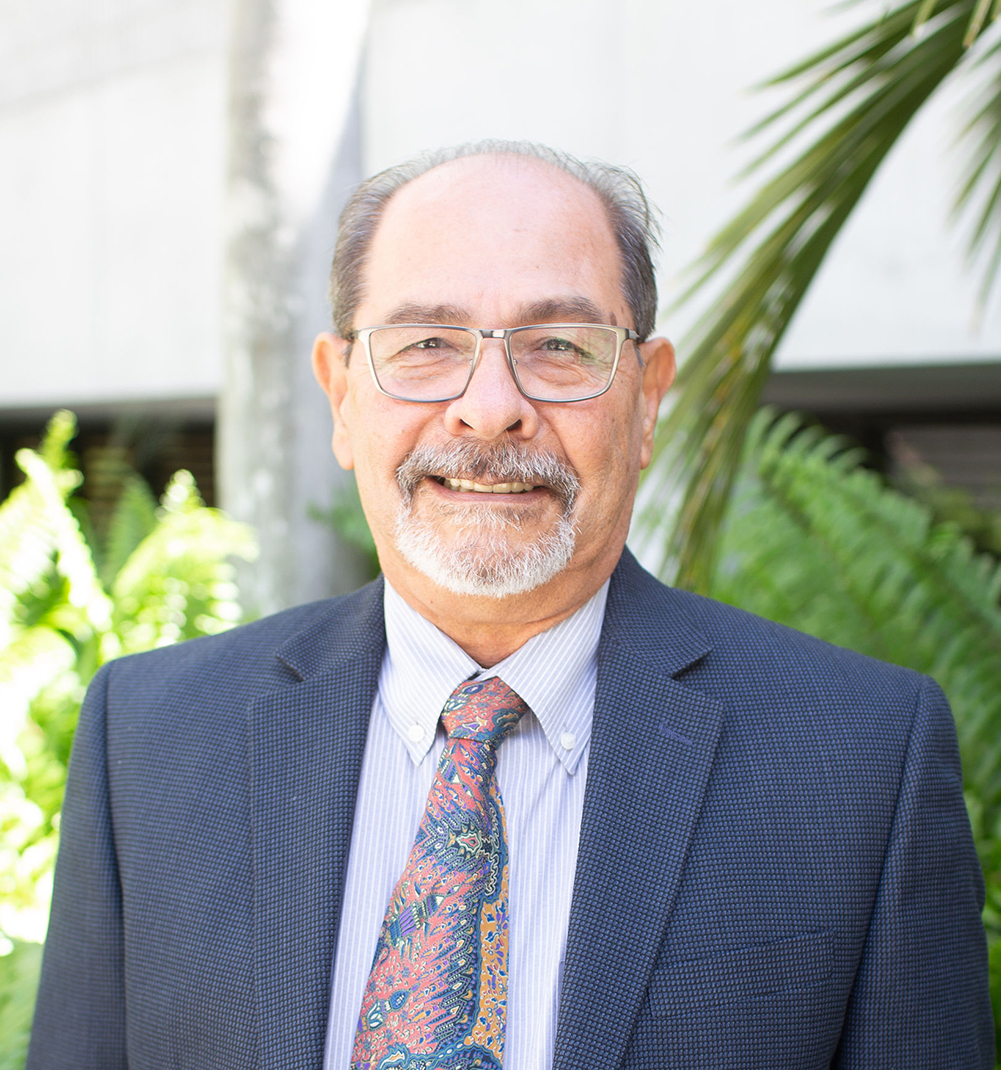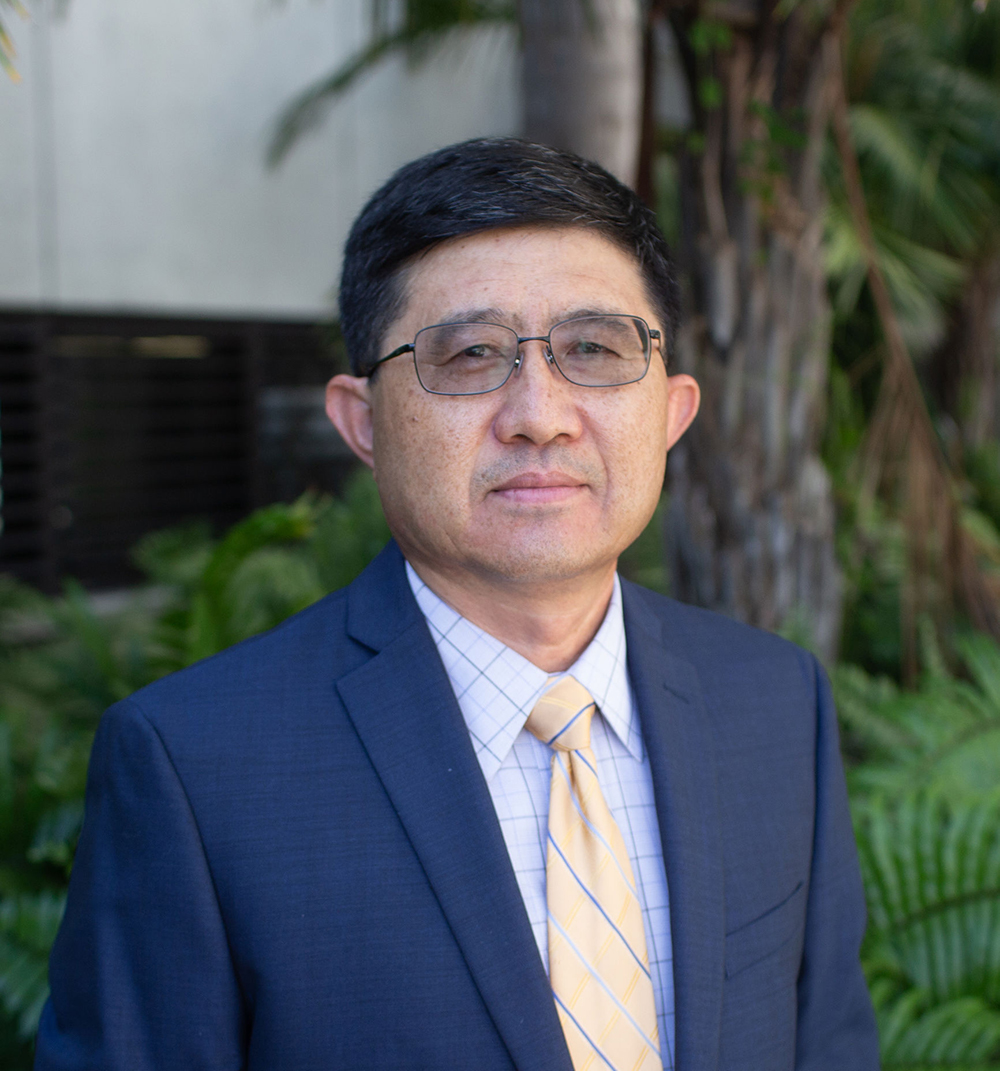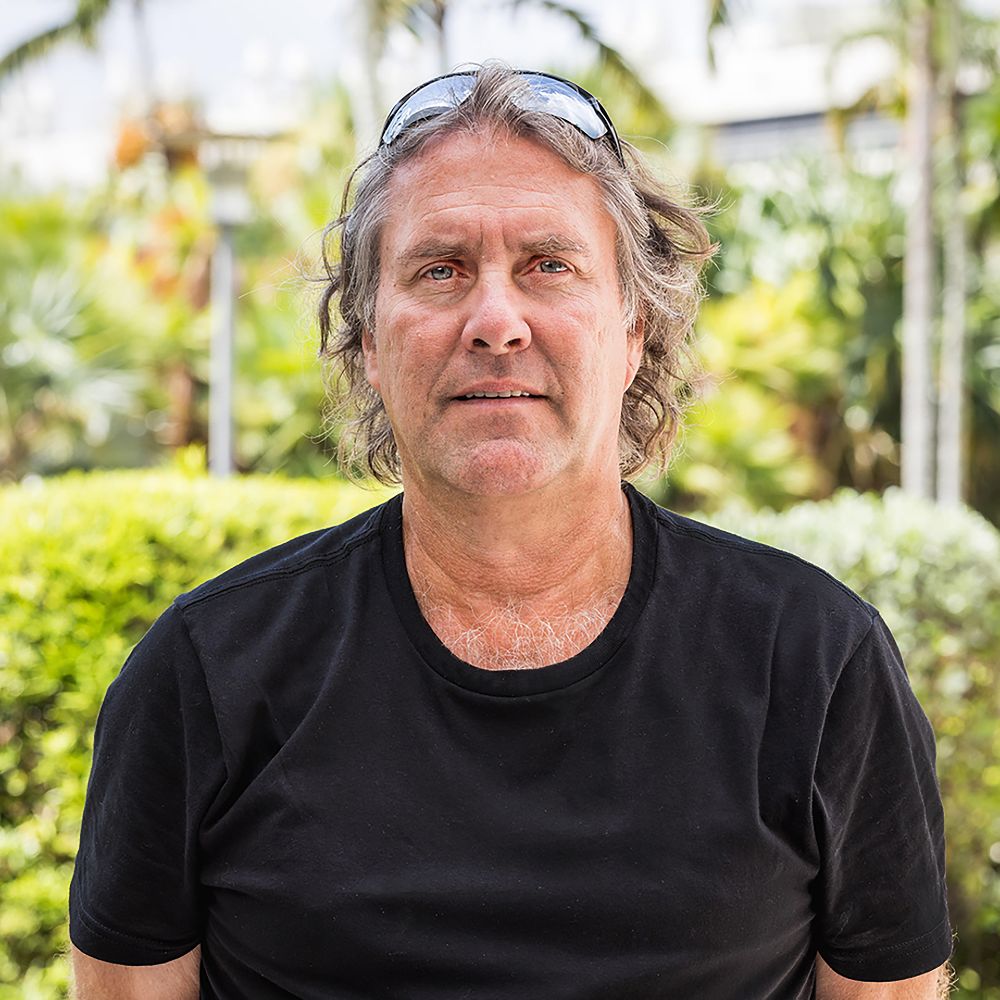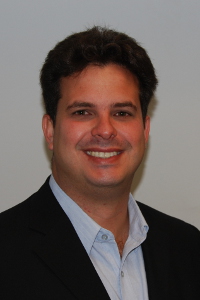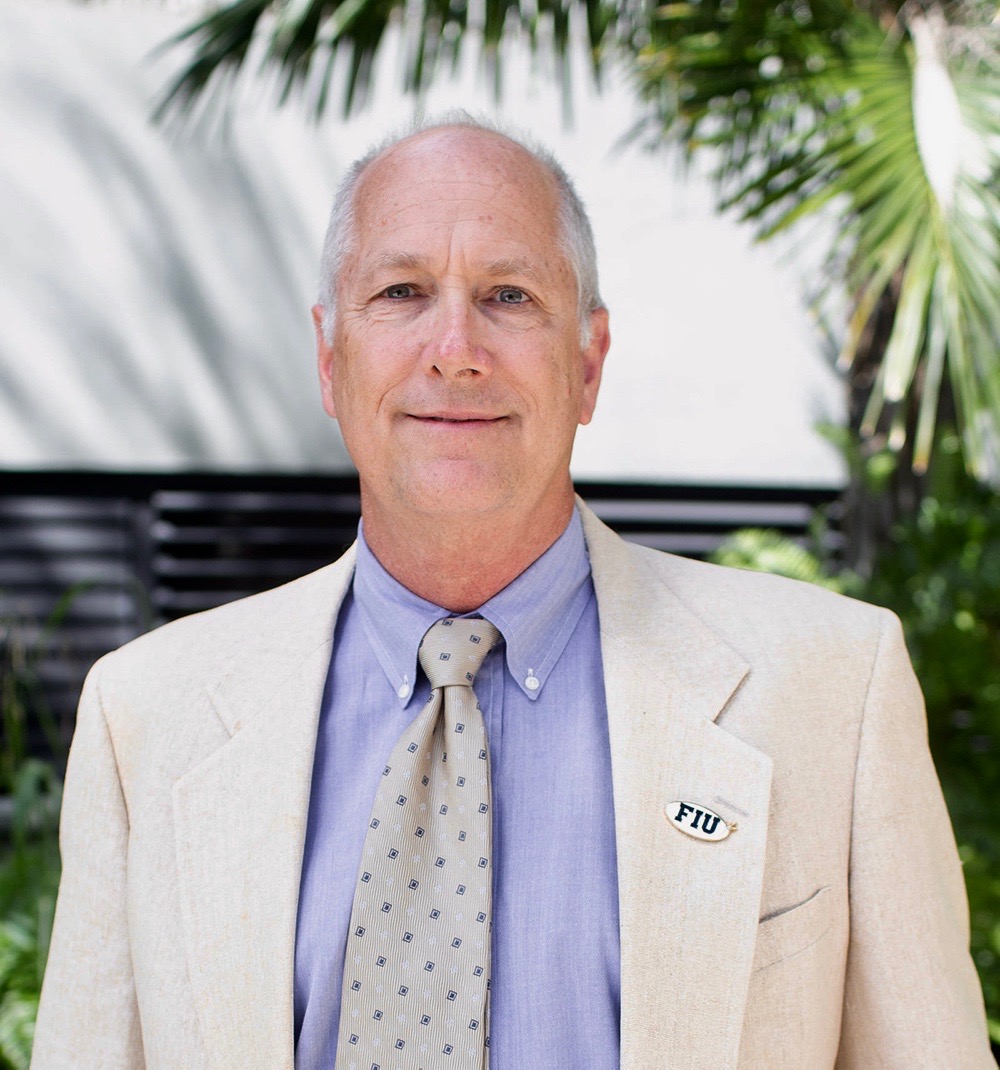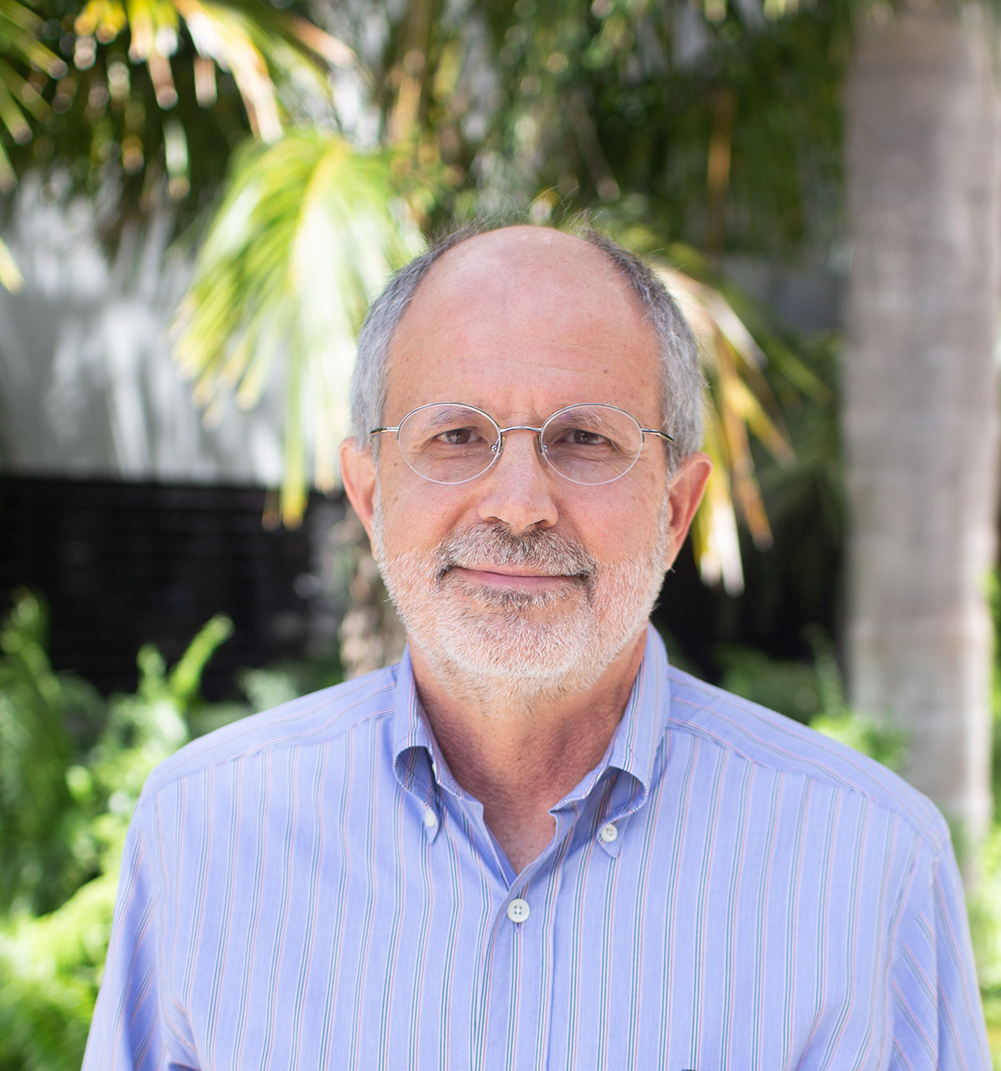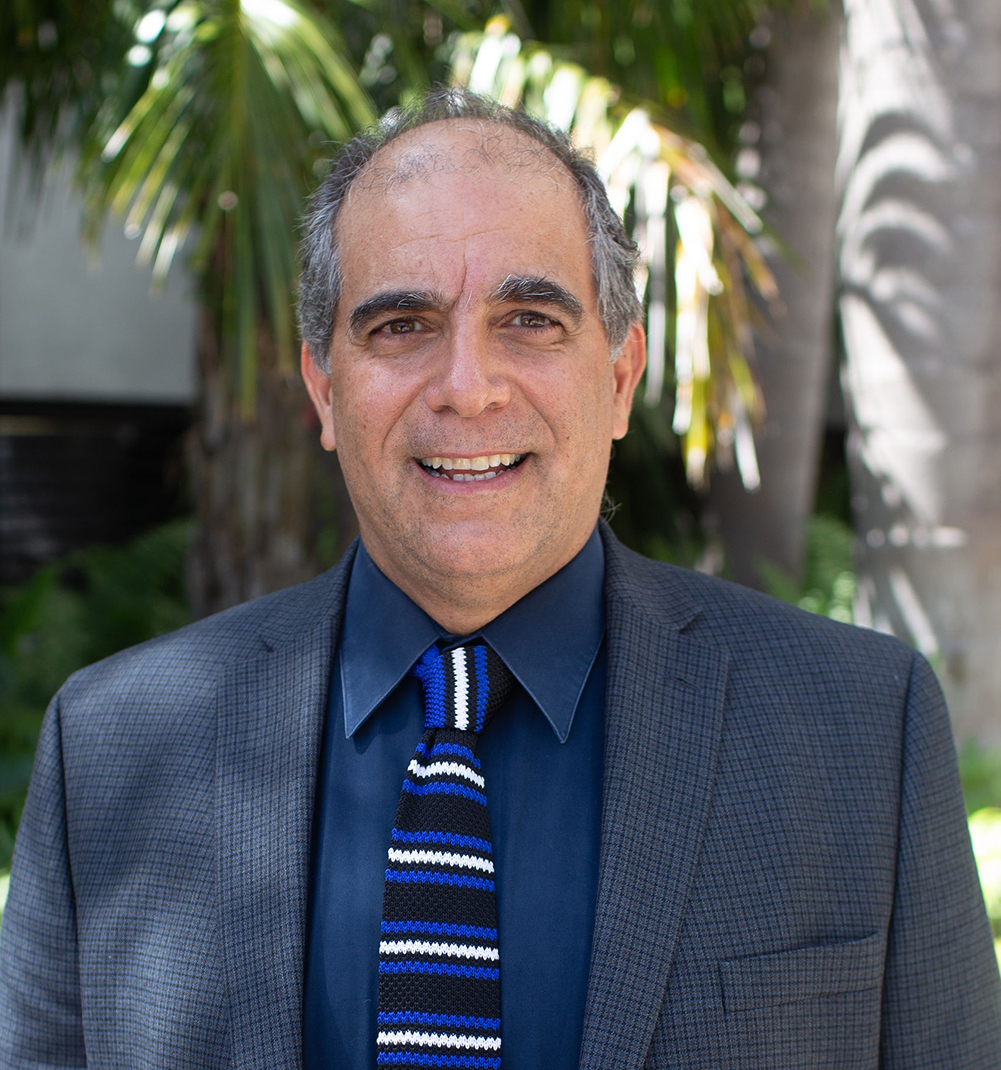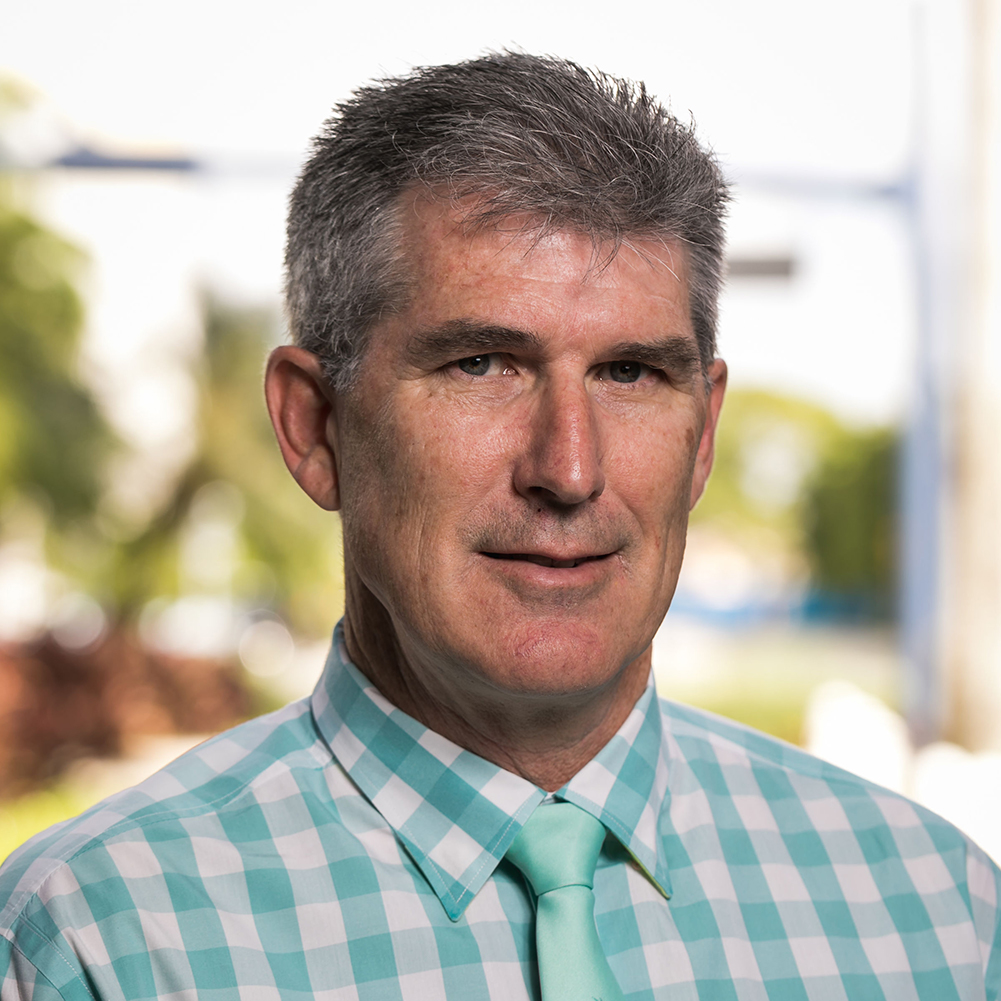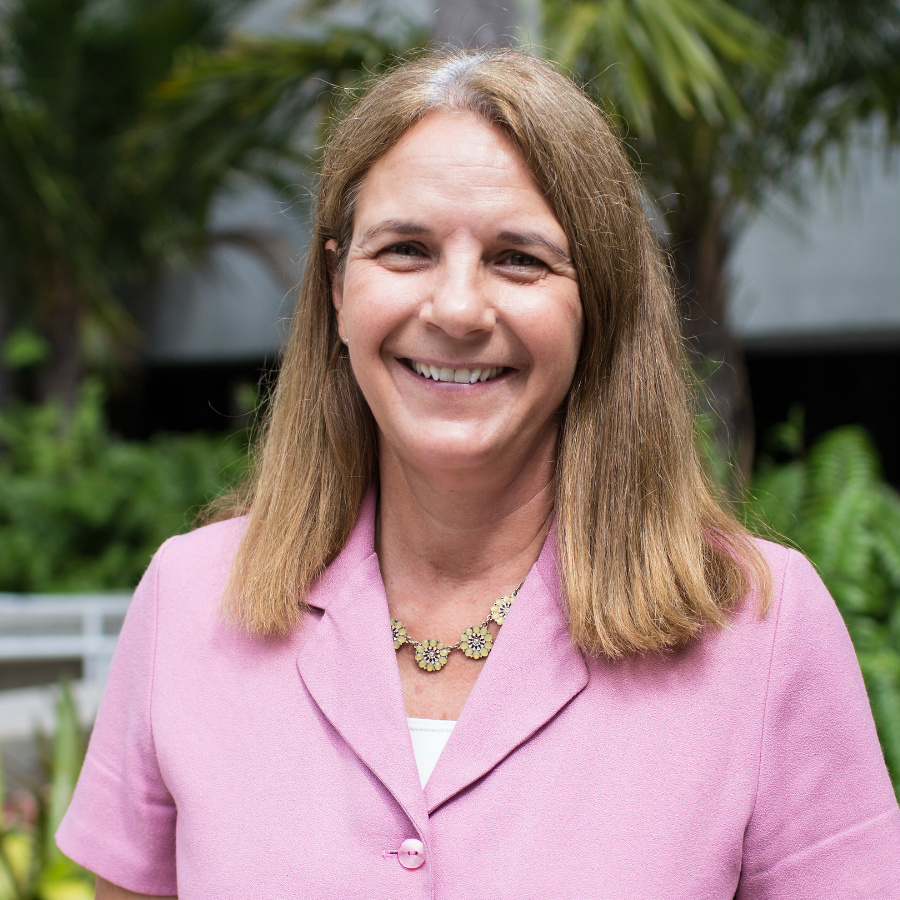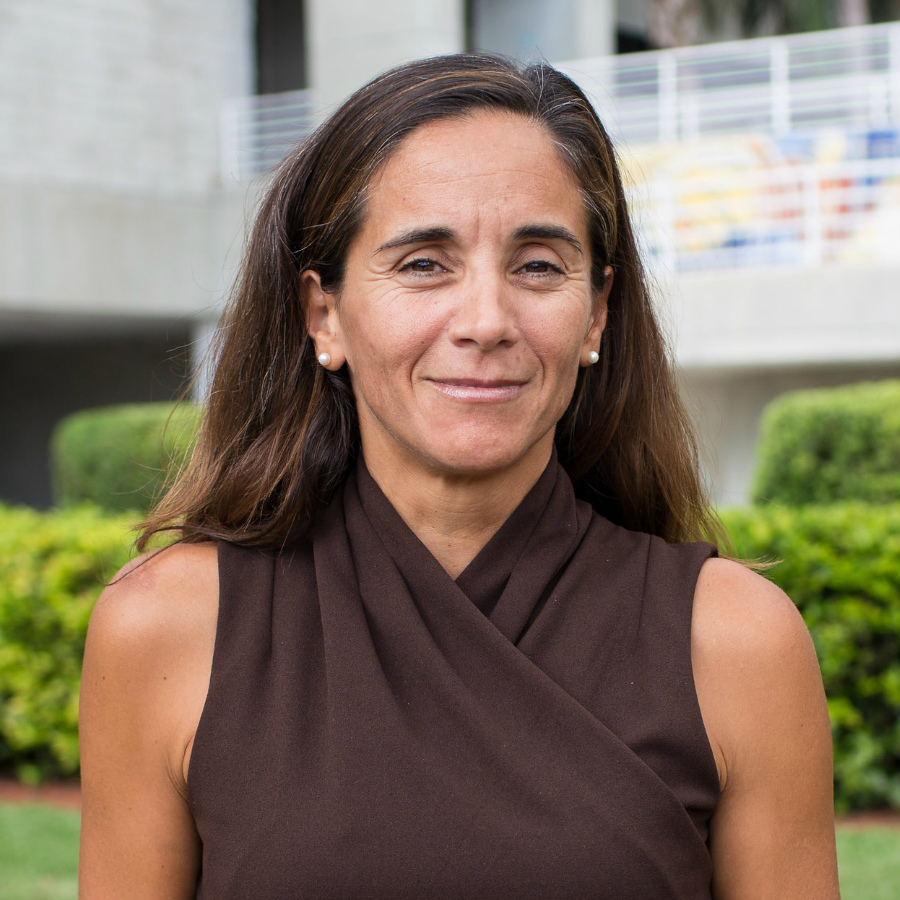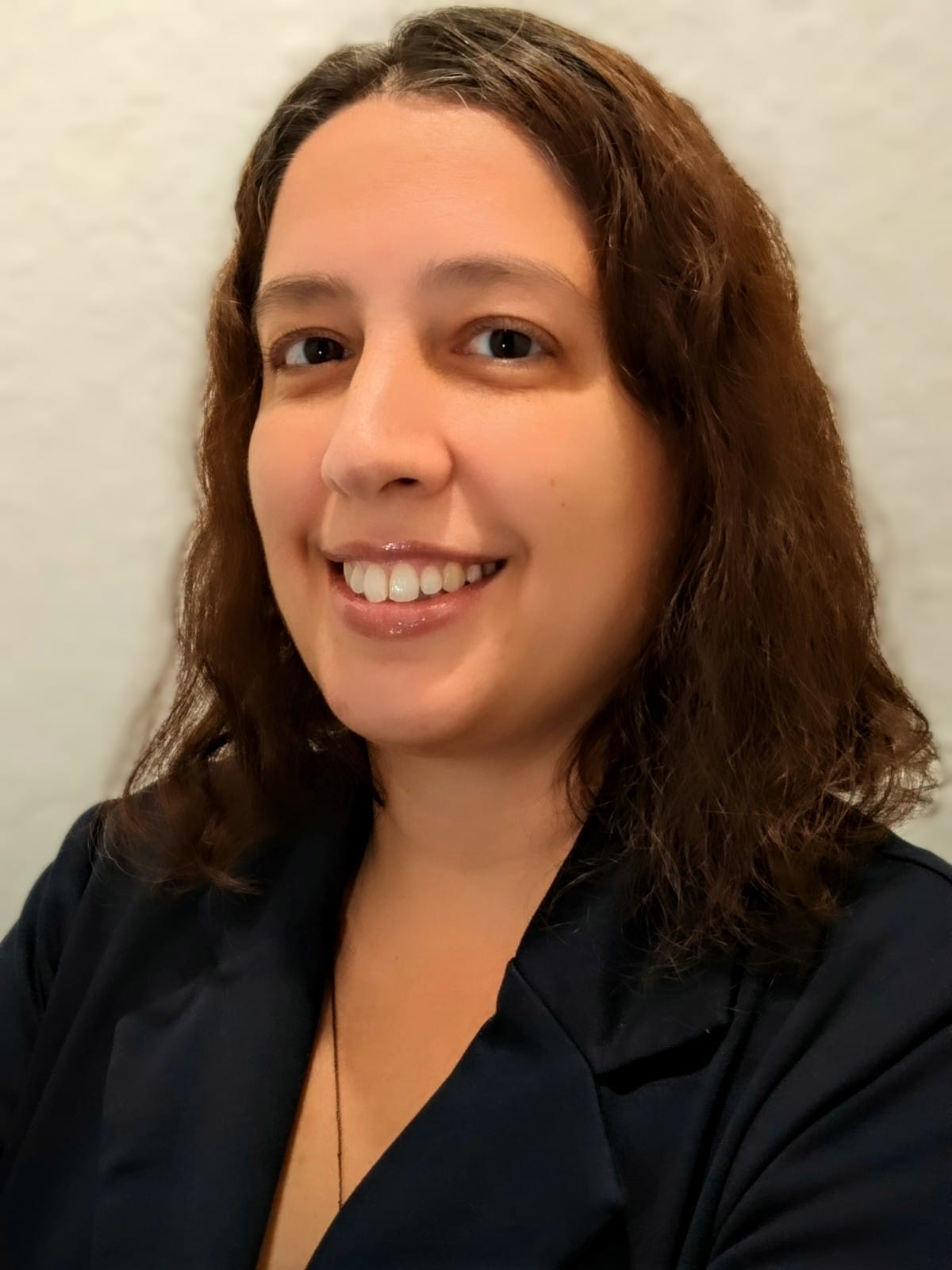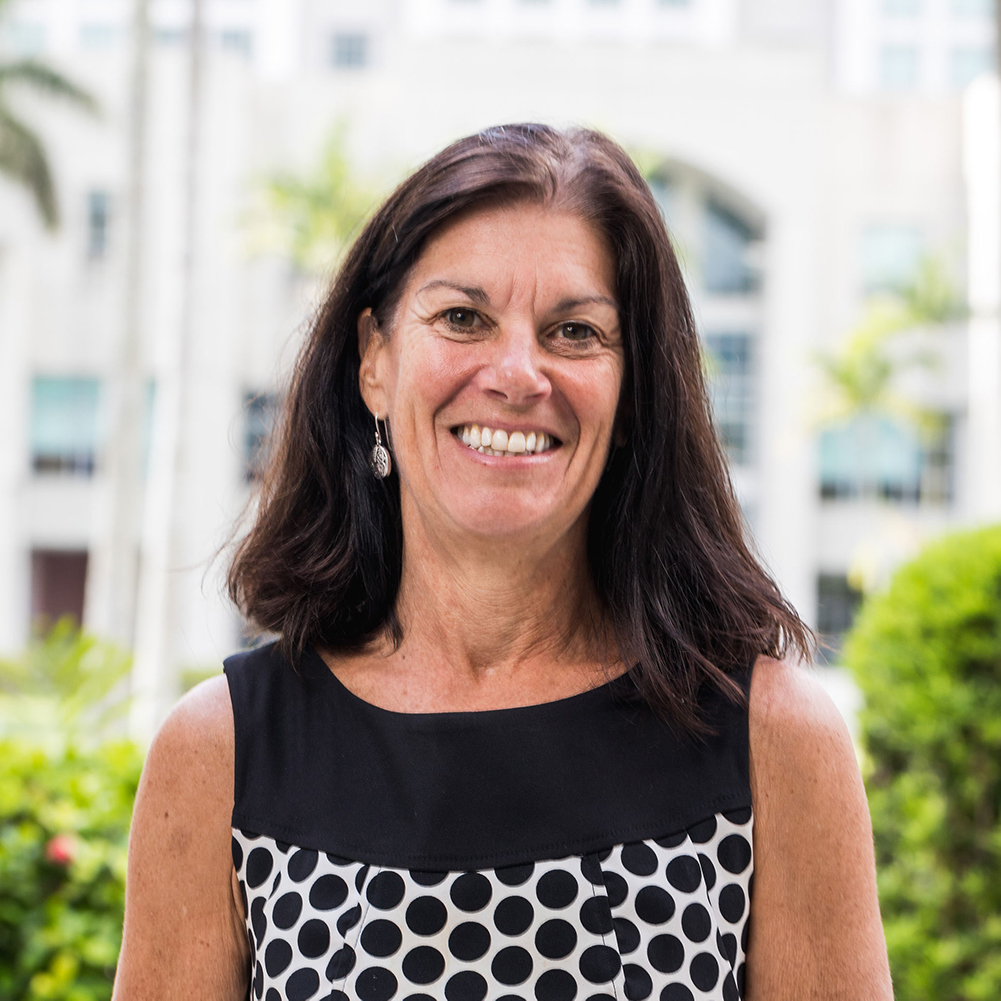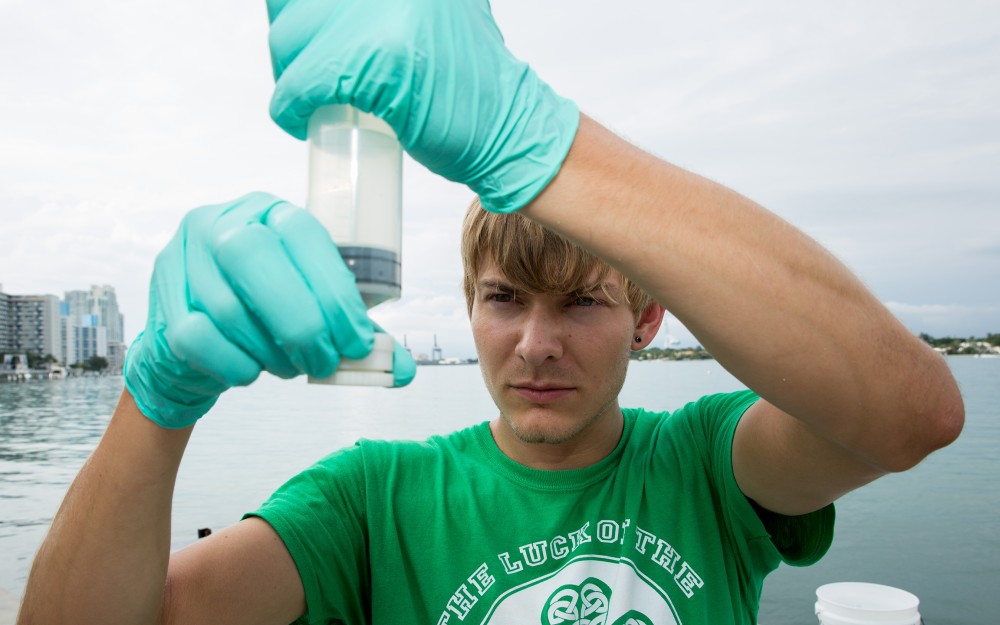
Environmental contamination can be difficult to detect, but its effects are dramatic, from toxic algae blooms to fish kills to poisoned water supplies. Our faculty are doing the detective work needed to prevent disaster.
Our research spans from the molecular scale to entire ecosystems to explore the life cycles and effects of contaminants. In labs on FIU’s campuses, we replicate environmental processes with mercury, arsenic, uranium and other toxins. In the field, we are monitoring the chemistry of Biscayne Bay and the canals that flow into it; monitoring the flow of water through the sawgrass of the Everglades and the limestone aquifer below; and sampling plastic pollution around the world’s oceans with the help of volunteer yacht crews. Our work provides valuable records of environmental health and the knowledge needed to prevent and clean up contamination.
Featured Projects
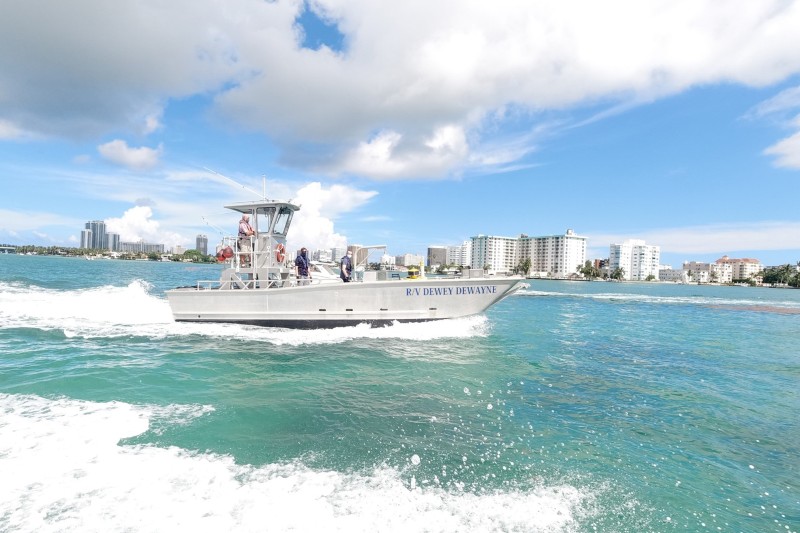
In mid-August 2020, the bay experienced unprecedented levels of low oxygen, resulting in massive fish kills along the coast. Our researchers mobilized quickly, setting out on the water to collect water quality data that could give us a hint into what may be causing this devastating phenomenon. This is an on-going effort to fight for Biscayne Bay's health.
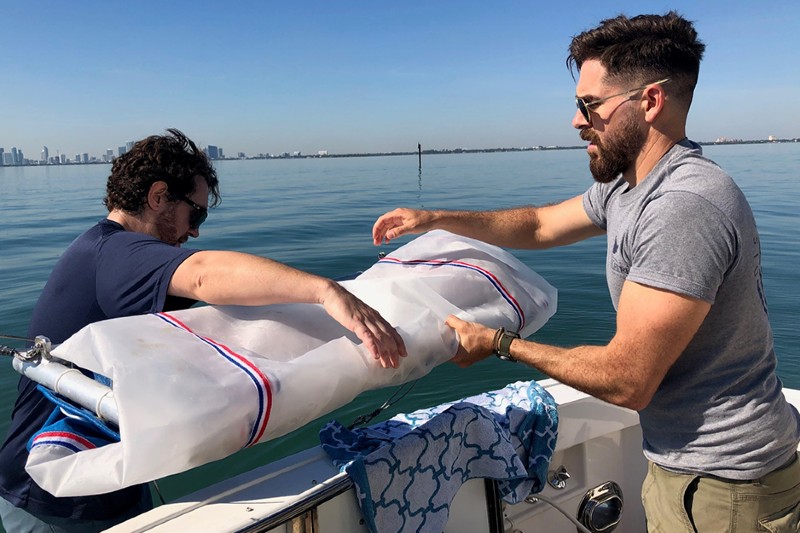
It is expected that by the year 2050, there will be more plastic in our oceans than fish. Our researchers have partnered with a private yachting NGO, International SeaKeepers Society, on the S.A.R.A.H. Initiative, where we are collecting valuable data about plastic pollution in our oceans.

There is a growing public concern on Poly- and Perfluorinated Alkyl Substances (PFAS) worldwide due to their ubiquitous presence in the environment (like in our drinking water, soil, and food) and their associated toxicity and endocrine disruptor properties. Our researchers are studying these contaminants in an effort to better understand their impact on both people and planet.
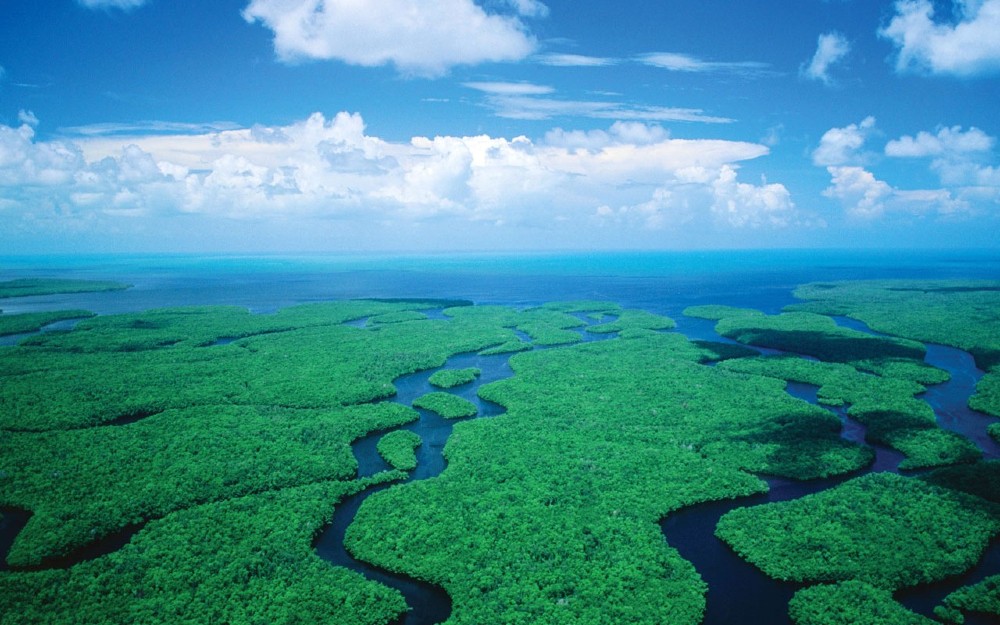
CREST Center for Aquatic Chemistry and Environment
In our mission to address the complex issues of environmental contamination in South Florida, our NSF-funded CREST Center for Aquatic Chemistry and Environment program features cutting-edge technology in contaminant detection, monitoring and analysis. Central to this are our three research buoys. Most recently, our buoys were on the frontlines of detecting what was threatening the health of Biscayne Bay.
Research Groups
Faculty-led research groups sustain our discoveries and impacts.
- Briceno Lab for Water Quality Monitoring
- Cai Lab for Environmental Bioinorganic Chemistry
- Fourqurean Lab for Seagrass Ecosystems Research
- Gardinali Lab for Environmental Analysis Research
- Price Lab for Hydrogeology
- Rehage Lab for Coastal Fish Ecology & Fisheries
- Troxler Lab for Wetland Ecosystems Research
Facilities & Services
These units represent technology and expertise that supports our research and may also be available for community use.
Aquatic Ecology and Ecotoxicology Laboratory
Indoor and outdoor facilities for toxicology studies, behavioral studies or swim performance studies
Bioinorganic and Environmental Analytical Facility
Analysis of mercury and methylmercury, metals and speciation of organometallic compounds
CAChE Nutrient Analysis Core Facility
Analyses of dissolved and total nutrients, chlorophyll-a, organic carbon and more
Periphyton Analysis Lab
Analysis and identification of microalgae including periphyton and phytoplankton
Stable Isotope Laboratory
Analysis of stable isotopes of carbon, hydrogen, nitrogen and oxygen in organic and inorganic solids and water
Experts
Henry Briceno
Research Professor
305-348-1269, 305-348-3095
bricenoh@fiu.edu
CASE 154, CASE 154A, OE 147EYong Cai
Professor; RFA 1 Co-Lead for CREST CAChE
305-348-6210
cai@fiu.edu
CP309Todd Crowl
Professor; Director, Institute of Environment; Director/PI, CREST CAChE
305-348-3095
tcrowl@fiu.edu
OE 148A, ACII 220AFrancisco Alberto Fernandez-Lima
Professor
305-348-2037
fernandf@fiu.edu
AHC4 233James W. Fourqurean
Distinguished University Professor; Associate Director, Institute of Environment
305-348-4084
fourqure@fiu.edu
OE 217Thomas A. Frankovich
Research Assistant Professor
305-348-2829
tfrankov@fiu.edu
OE 148Reinaldo Garcia
Research Professor
305-348-3095
rgarcia@fiu.eduPiero R. Gardinali
Professor; Associate Director, Institute of Environment
305-348-6354
gardinal@fiu.edu
MSB 356Rudolf Jaffe
Professor Emeritus
jaffer@fiu.eduKevin O'Shea
Professor
305-348-3968
osheak@fiu.edu
CP 310Rene Price
Professor
305-348-3119
pricer@fiu.edu
AHC5 373Jennifer Schopf Rehage
Associate Professor
305-348-3804
rehagej@fiu.edu
CASE 119, AHC5 365Natalia Soares Quinete
Assistant Professor
305-348-3118
nsoaresq@fiu.edu
MSB 357Rita Teutonico
Faculty Administrator; Associate Dean of Research; Associate Director of Education and Training for CREST CAChE
305-348-2719
rteutoni@fiu.edu
AHC4 353Tiffany Troxler
Associate Professor; Associate Director of Science, Sea Level Solutions Center
305-348-1453
troxlert@fiu.edu
OE 228, CASE 174
